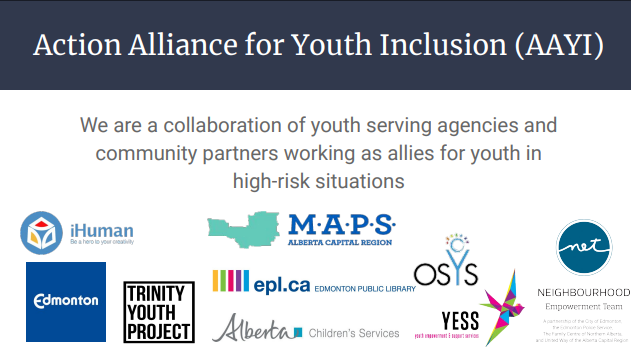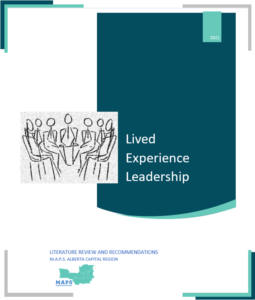AAYI: Voices from the Tents
Voices from the Tents is a community-based research project that shares the lived experiences of unhoused youth in Edmonton who are currently staying outside or in encampments. Led by the Action Alliance for Youth Inclusion, MacEwan University, and M.A.P.S. Alberta Capital Region, this project engaged 35 young people through interviews and focus groups to better understand their needs, challenges, and hopes for the future.
By centering youth voice and lived experience, this work aims to inform more responsive and compassionate services, programs, and policies. We invite you to explore the report, infographic, and mural below—each offering a deeper look into the realities faced by Edmonton’s unhoused youth.


